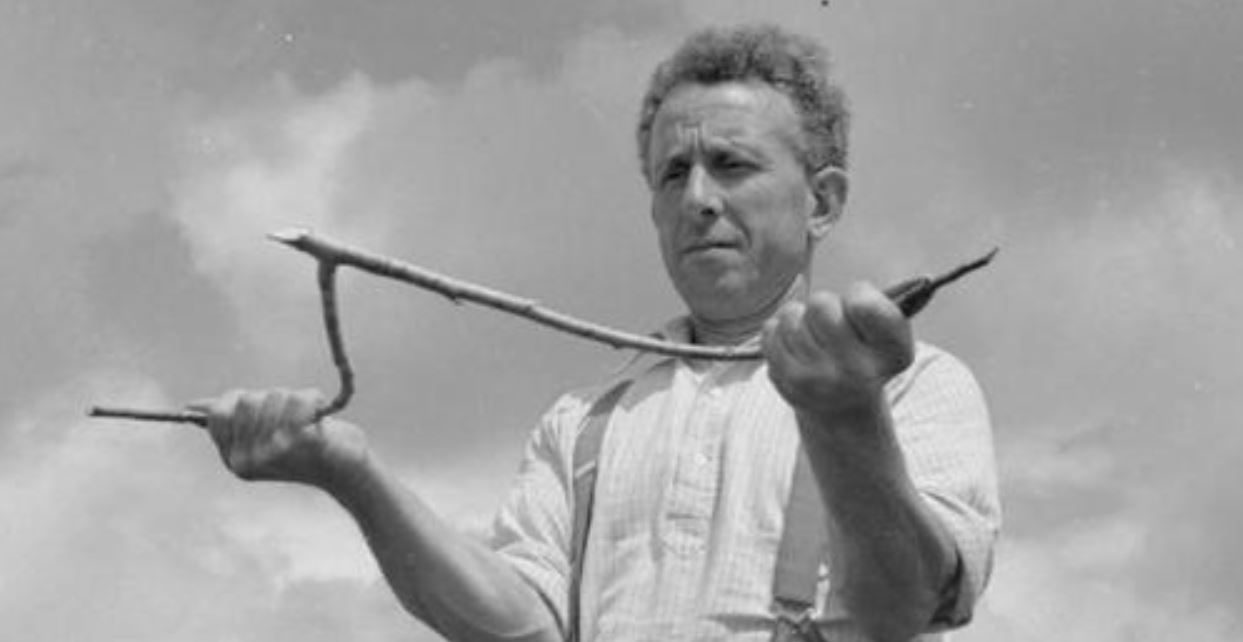Recently, we came across this image and were completely stumped. What
in the world could it be? The image circulated around the All Cute offices
while we considered all of the different uses for what seemed like a very
regular tree branch.
After a day of wondering what in the world it could be used for, we were
finally given the answer! This branch was used for a practice stemming
back all the way to the 1500s. The practice was called “Water Dowsing.”
If you aren’t familiar with the term Water Dowsing or the dowsing tool
itself, perhaps you know it by one of its other names: a diviner, doodlebug,
well witch, or water-finder. This tool, if you haven’t guessed by now, is used
to find water. Of course, this is more of an old wives’ tale but, nevertheless,
it was a common practice years ago.
The Y-shaped branch was used by an individual who would hold one
branch of the stick in each hand with their palms facing upward. The stem
of the “Y” (aka the bottom of the branch), then is tilted toward the Earth at
a 45-degree angle. Once the tool is in position, the individual walks back
and forth.
While the individual is walking back and forth, they are looking for the
bottom of the Y to rotate toward the ground. The old wives’ tale states that
the vibrations indicated at the bottom of the Y promise signs of water
underneath the ground.
So you might be asking yourself, “How did this get started?” Well, years
ago, in the 1500s, dowsing with metal rods was used to find metals in the
ground. As time went on, the practice was used for finding water for new
homeowners in rural areas.
The thought was that drilling for water in the wrong spot could get very
expensive very quickly. By implementing the water dowser technique, the
location for water could be found much more easily and with little money
and time spent in the search.
